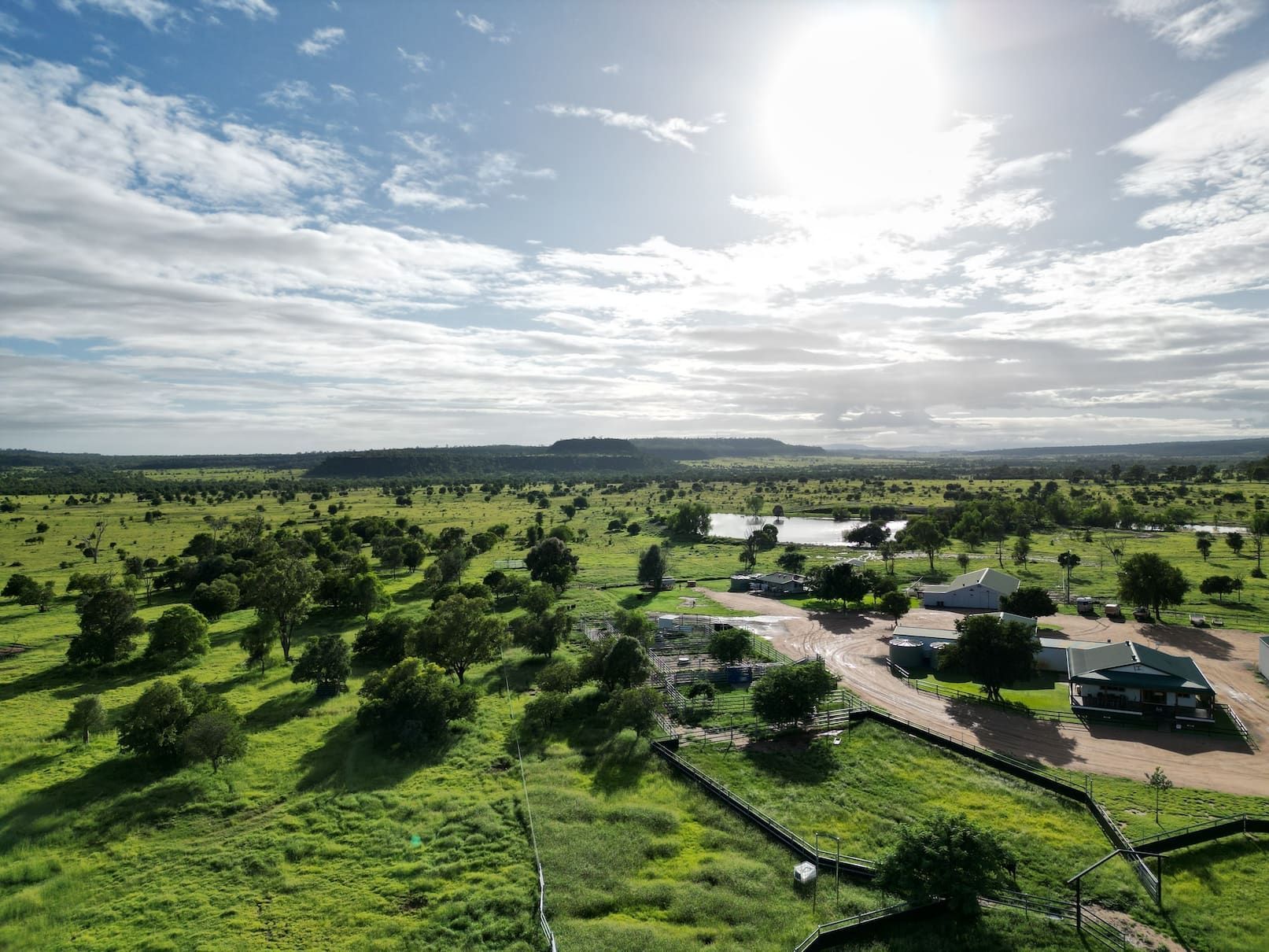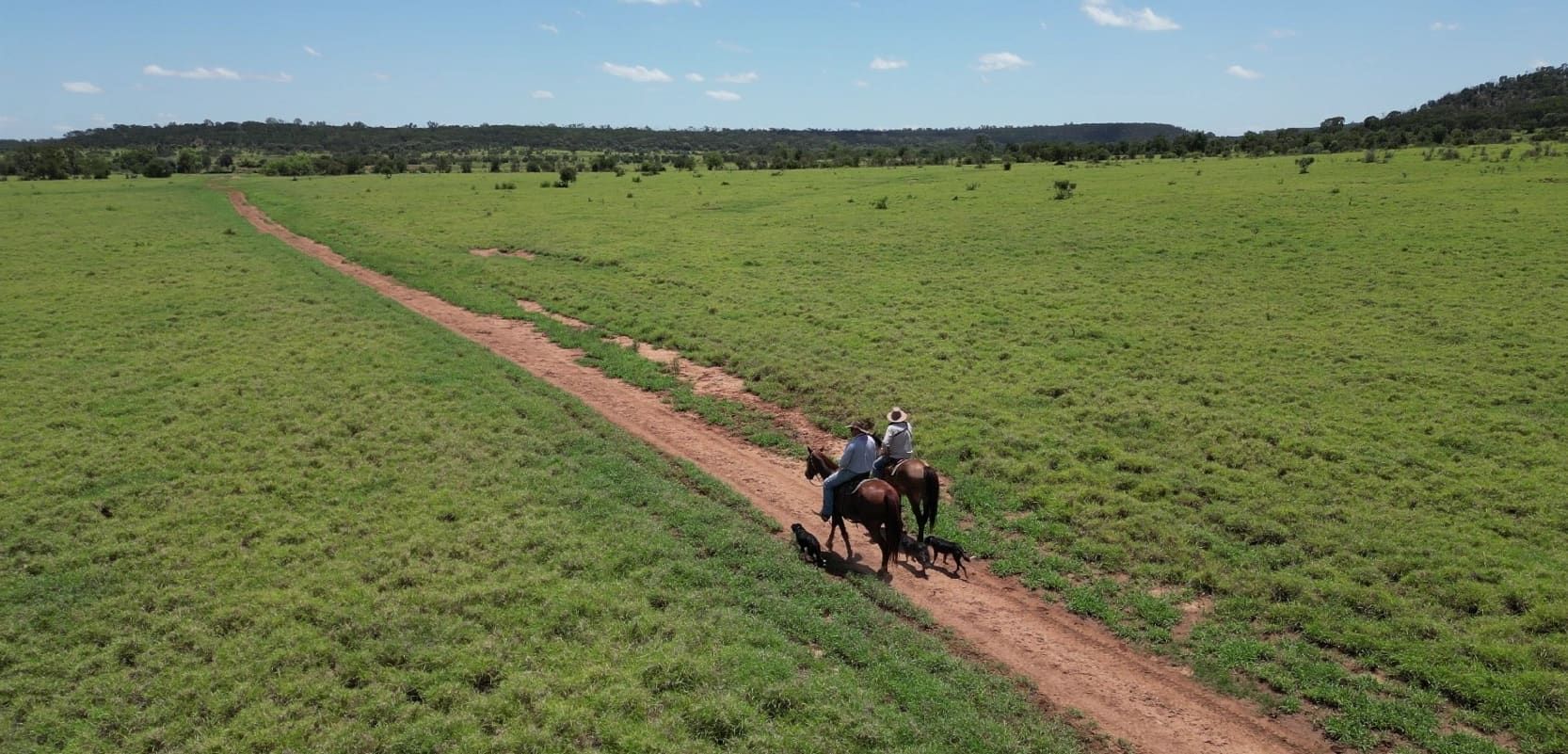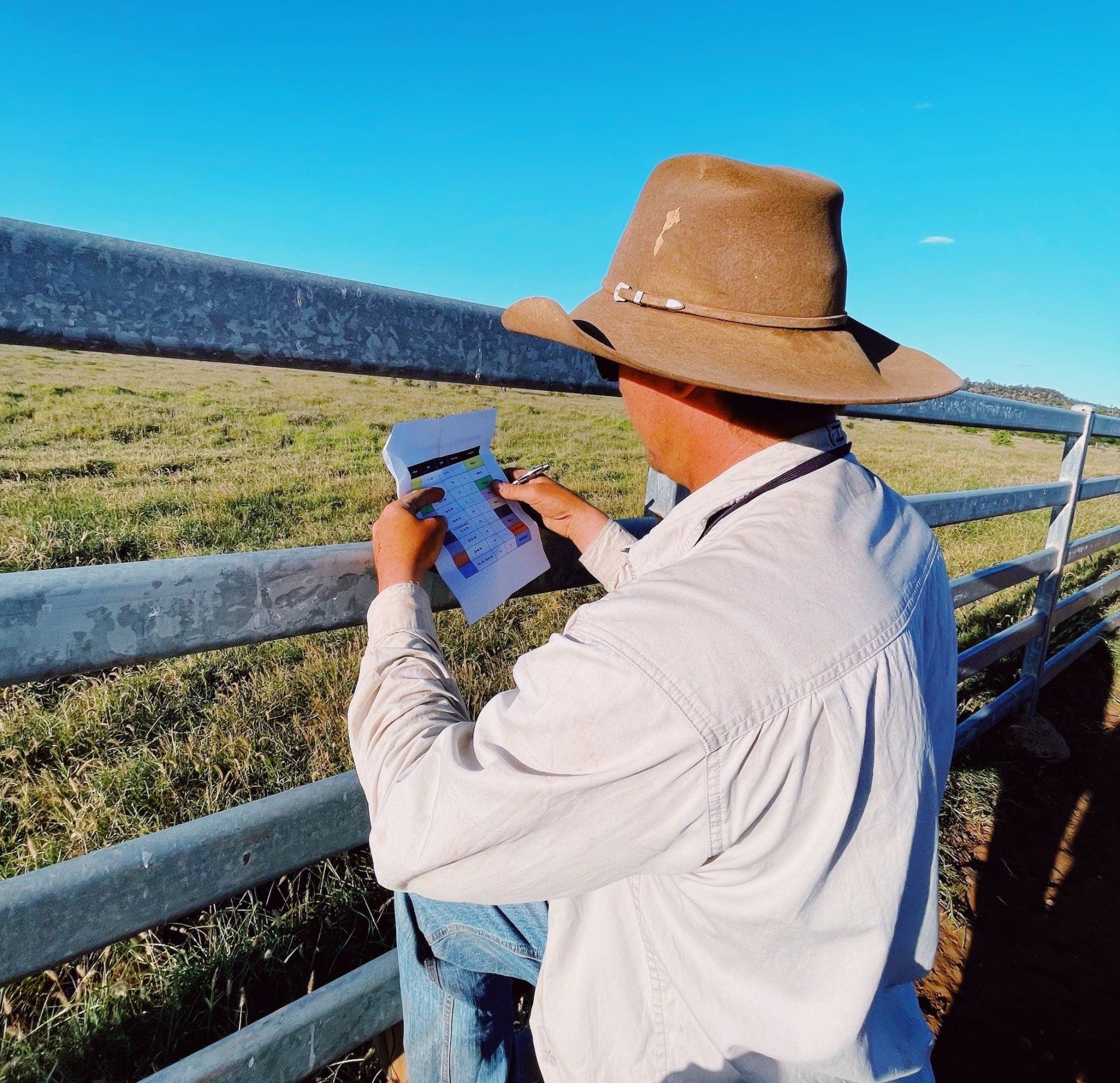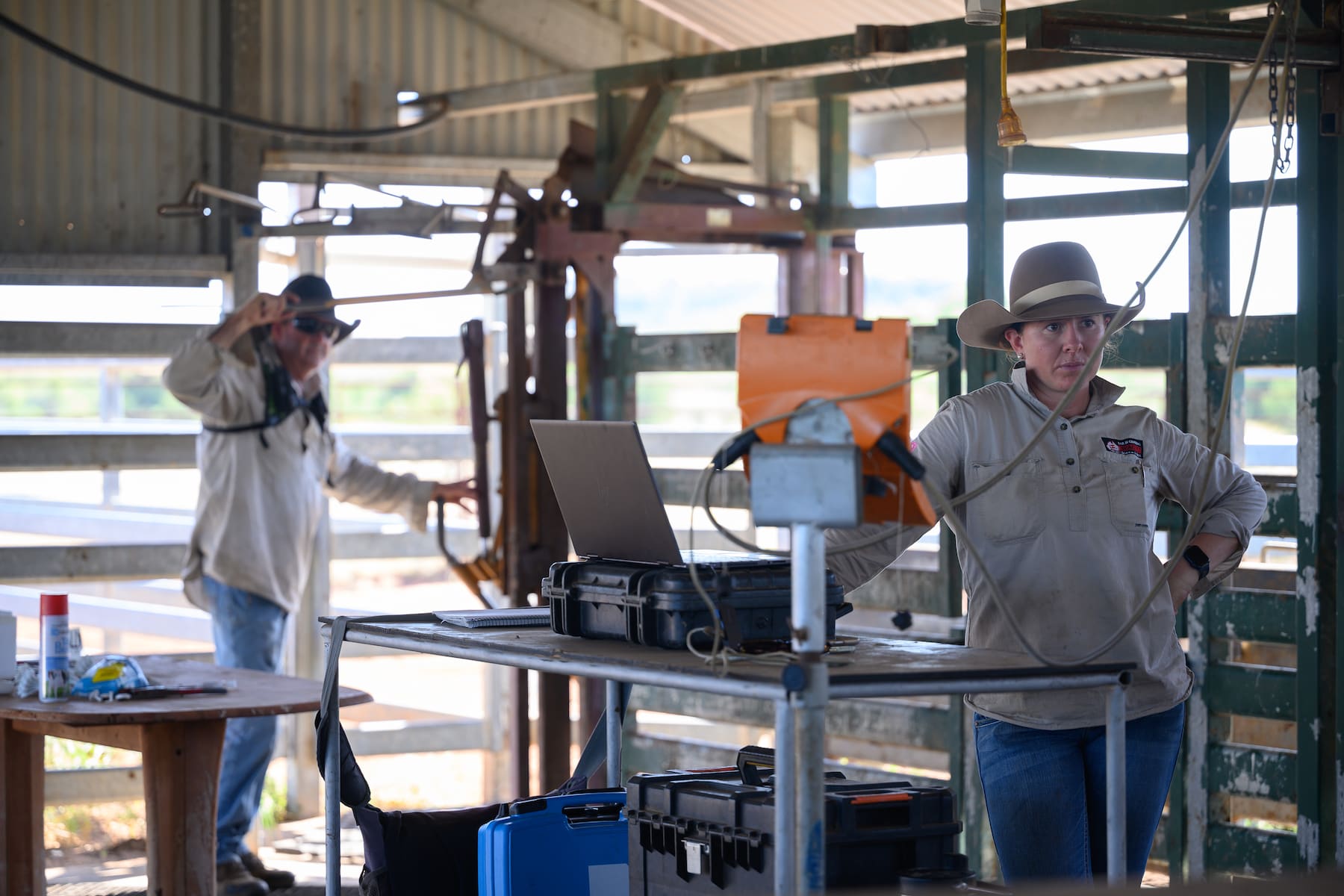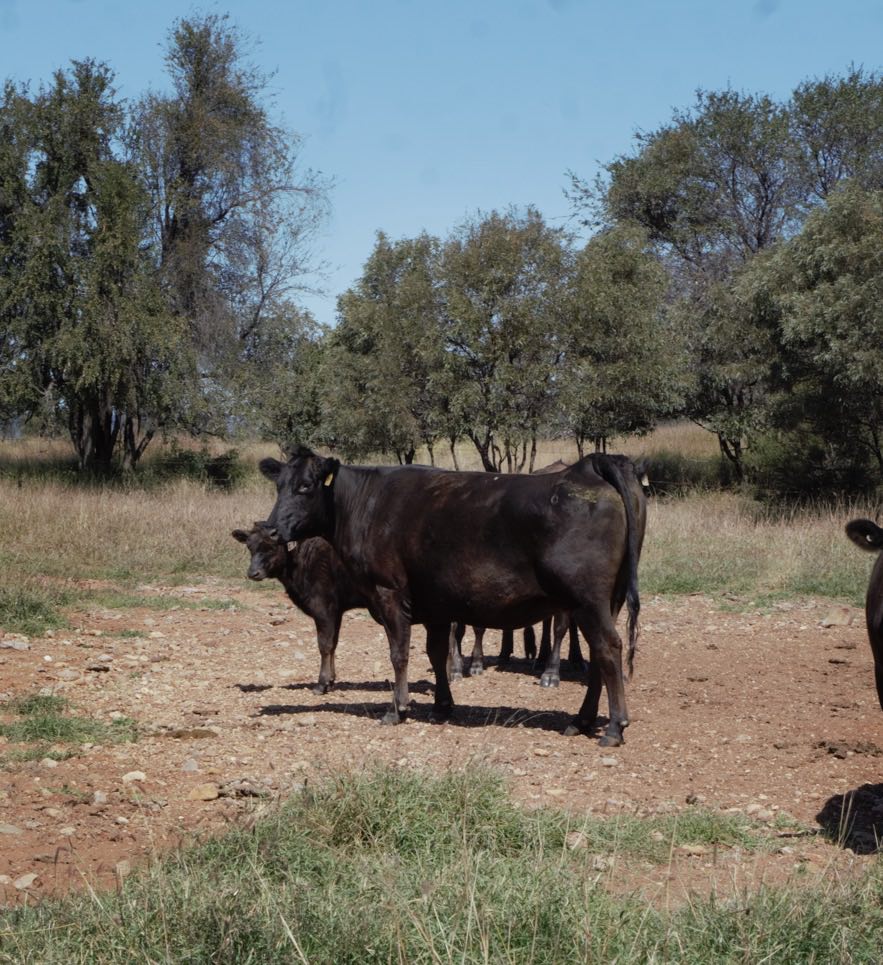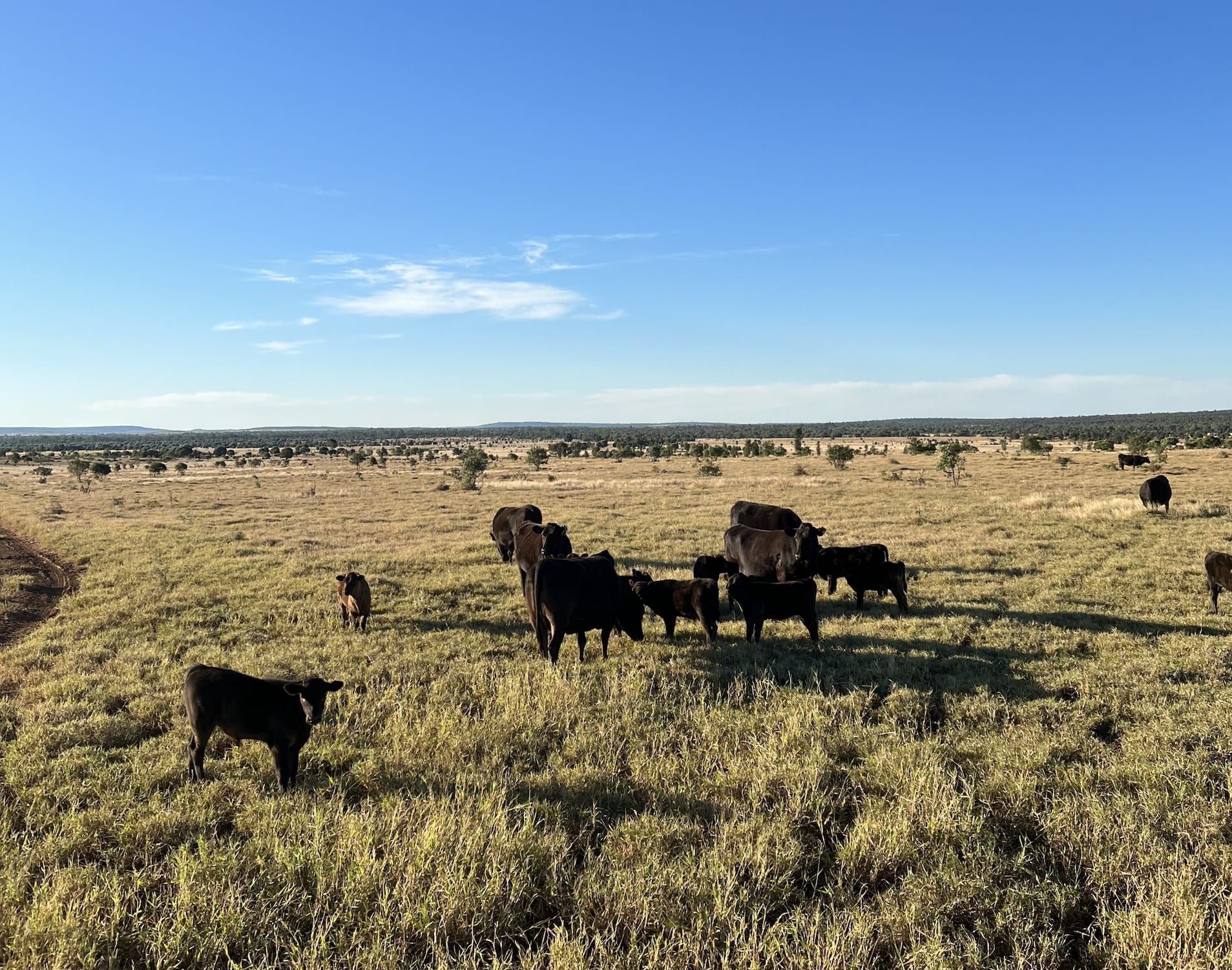Brand Marketing and its place in Agriculture – with Alissa Herman from Golden Triangle Agribusiness
Over the past few years, there has been a noticeable shift toward the beef industries understanding and investing in ‘Brand Marketing’, and in turn, seen the positive impact in consumer/supply chain relationships. The brand on the hip of an animal has always been identified as the trademark of many beef producing businesses and worn with a sense of pride, as to us, the producer, this brand indicates the generations hard work and commitment to the animals it represents. However, the marketing of this brand to the consumer in the past has been somewhat lacking.
Consumers like to see how their food is produced – chicken is an excellent example of this, people would like to know if its caged, free range, or organic – purchasers make decisions based on these factors. The partnership with ‘Country Road’ and Cotton Australia is another example of this. People like to know they’re making a safe purchase. In the beef industries instance, consumers would like to know how their meat is produced, how they were fed, how they were bred, and where they originated from… access to this information will give the consumer faith they are making a highly considered purchase.
We recently sat down with Alissa Herman, a partner at Golden Triangle Agribusiness, a finance and consulting group in Emerald, Queensland - someone who we believe to be doing a very good job at marketing their product through different modes of media. Alissa’s point of difference compared to other rural finance consultants was her unique and extremely thorough branding strategy. She believes that producer’s biggest problem is a lack of understanding about their client.
According to the Journal of Agrobiotechnology Management & Economics, a branding strategy allows customers to associate more with a company, and in turn drives their purchasing decisions. In agriculture, branding begins with a search cost, identifying animals that fit their branding strategy. Its then considers the people you want to attract, the place you’d like to work from, and how you plan on promoting your product. Traditionally this may have been an avenue that’s overlooked; however, the shift in marketing of agricultural products has seen a change from standardised commodity markets to value – added products.
Alissa believes in the principle that you need people to LIKE, KNOW, & TRUST you. It’s about establishing a ‘warm lead’. No matter what the size your operation is or what product you produce, they say it takes a person 7 times to see you before they’ll buy from you.
Alissa says, “I know who I am talking to every time. As a beef producer, are you selling beef in a shop, or to producers buying females? You need to know who you’re aiming for; in that case your branding strategy will be totally different. I’m very clear about who I’m talking to, and I don’t want to confuse that with anything else.”
This entire branding strategy is built around communication between various segments of the supply chain which is highly critical – it is a necessity for coordinating value added products and maintaining a present brand name. This is where the term ‘paddock to plate’ has derived from, it’s an intangible relationship a brand will create in the consumers mind, between where their food comes from and the product they receive.
- So, our question to you is,
What are you doing to market your story?

Other Posts


